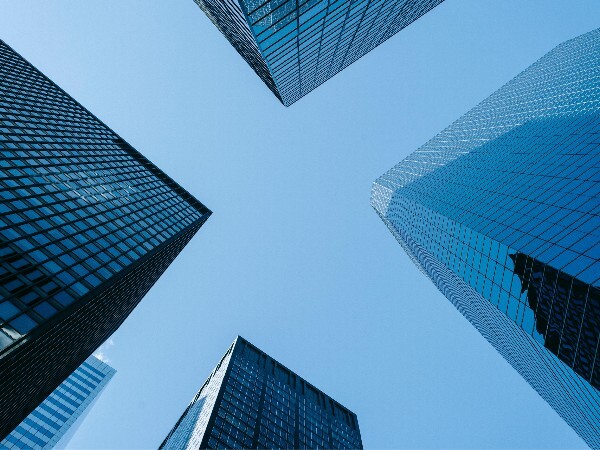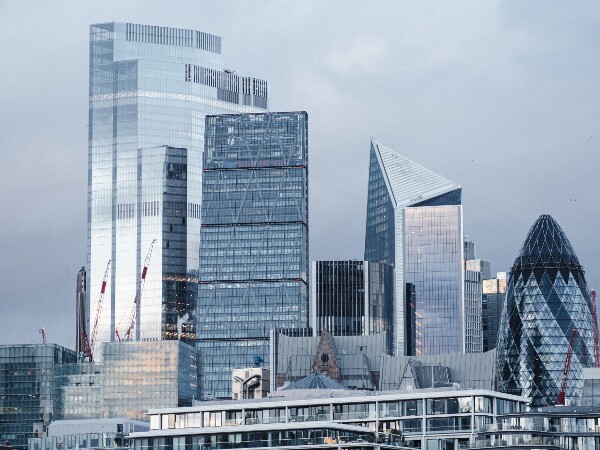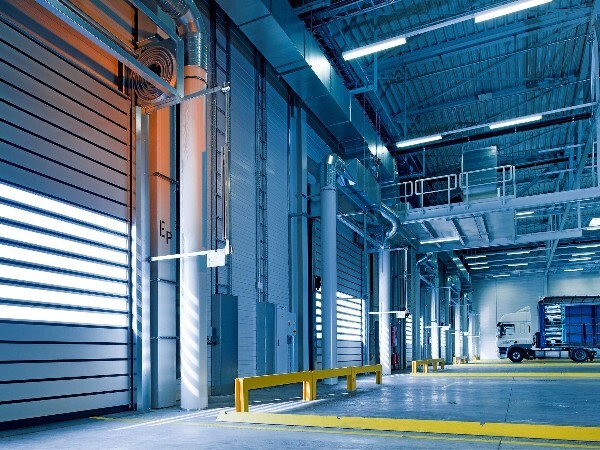Commercial development is a dynamic field that constantly adapts to the ever-evolving needs and preferences of businesses and consumers and, as the business landscape undergoes rapid transformations, commercial development trends continue to follow suit.
The following are the most notable emergent trends:
- Flexible and Agile Spaces
One of the most significant trends in commercial development is the shift towards flexible and agile spaces. Traditional office layouts are giving way to dynamic environments that can be easily reconfigured to accommodate various work styles and changing needs. Key aspects of this trend include:
- Coworking Spaces: The rise of coworking spaces has transformed the way businesses operate, offering flexibility in leasing terms, access to shared amenities, and a collaborative work atmosphere.
- Hybrid Work Solutions: Post-pandemic, businesses are increasingly embracing hybrid work models. Commercial developers are responding by creating spaces that support both remote and in-office work, including adaptable meeting rooms and technology-enabled workstations.
- Modular Design: Modular furniture and demountable partitions allow for quick reconfigurations, accommodating businesses' evolving spatial needs.
Driving Force: The rapid pace of change in the business world, along with the desire for cost-effective and adaptable spaces, is driving the shift towards flexible and agile commercial developments. Businesses seek environments that can accommodate growth, contraction, and changing work arrangements.
- Sustainability and Eco-Friendly Design
Sustainability has become a central focus in commercial development. Businesses are increasingly looking for environmentally conscious spaces that align with their sustainability goals. This trend encompasses:
- Green Building Practices: Commercial developments are incorporating sustainable building materials, energy-efficient systems, and green certifications such as LEED (Leadership in Energy and Environmental Design).
- Energy Efficiency: The integration of renewable energy sources, smart building technologies, and energy-efficient designs helps reduce carbon footprints and operational costs.
- Green Roofing and Urban Farming: Some commercial properties are incorporating green roofs, urban farming spaces, and vertical gardens, contributing to improved air quality and sustainability efforts.
Driving Force: The growing global emphasis on environmental responsibility, coupled with cost savings associated with sustainable practices, is driving commercial developers to prioritize eco-friendly design in their projects.

- E-commerce and Last-Mile Logistics
The surge in e-commerce has transformed the commercial development landscape, with a particular focus on last-mile logistics, which involves the efficient delivery of products to customers' doorsteps. This trend includes:
- Warehousing and Fulfilment Centres: There is a growing demand for industrial spaces near urban centres to facilitate rapid delivery. Developers are repurposing existing spaces or constructing new warehouses to meet this demand.
- Micro-Fulfilment Centres: Smaller-scale fulfilment centres strategically located within urban areas are becoming essential for meeting the demands of fast and efficient last-mile delivery.
- Reverse Logistics: As product returns become more common, commercial developers are considering how to integrate efficient reverse logistics processes within their developments.
Driving Force: The continued growth of e-commerce, accelerated by the COVID-19 pandemic, is driving the need for commercial spaces that support last-mile logistics and facilitate efficient product distribution to consumers.
- Technology Integration
The integration of technology is fundamentally changing the way commercial spaces are designed and operated. This trend encompasses:
- Smart Buildings: Commercial developments now incorporate IoT (Internet of Things) devices, sensors, and automation systems to optimize building management, reduce energy consumption, and enhance security.
- Contactless Solutions: Post-pandemic, there is a greater emphasis on touchless entry systems, digital payment solutions, and advanced HVAC and air filtration systems to create safer and more hygienic environments.
- Data-Driven Design: Data analytics and machine learning are used to inform design decisions and improve the functionality and efficiency of commercial spaces.
Driving Force: The increasing reliance on technology in the business world, along with the demand for safer and more efficient spaces, is driving commercial developers to integrate advanced technologies into their projects.

- Adaptive Reuse and Repurposing
Adaptive reuse is a trend that involves revitalising older or underutilized properties for new commercial purposes. This approach is gaining popularity due to its potential for preserving historical character and reducing environmental impact. Key elements include:
- Repurposed Industrial Spaces: Abandoned factories, warehouses, and mills are being transformed into offices, apartments, and mixed-use developments.
- Historic Preservation: Developers are repurposing historical buildings, such as schools, churches, and theatres, for new commercial uses while preserving their architectural heritage.
- Community-Centred Projects: Adaptive reuse projects often focus on creating vibrant community spaces that enhance the character and liveability of urban areas.
Driving Force: The desire to minimize urban sprawl, conserve resources, and breathe new life into older structures is driving the trend of adaptive reuse and repurposing in commercial development.

Commercial development is in a state of constant evolution, driven by a combination of societal shifts, technological advancements, and environmental concerns and the latest trends clearly reflect the changing needs and priorities of businesses and consumers.
By embracing these trends and the driving forces behind them, commercial developers can create spaces that are not only functional but also aligned with the values and expectations of the modern world.
And, as the commercial development landscape continues to evolve, staying attuned to these trends will be crucial for success in this dynamic field.



Comments